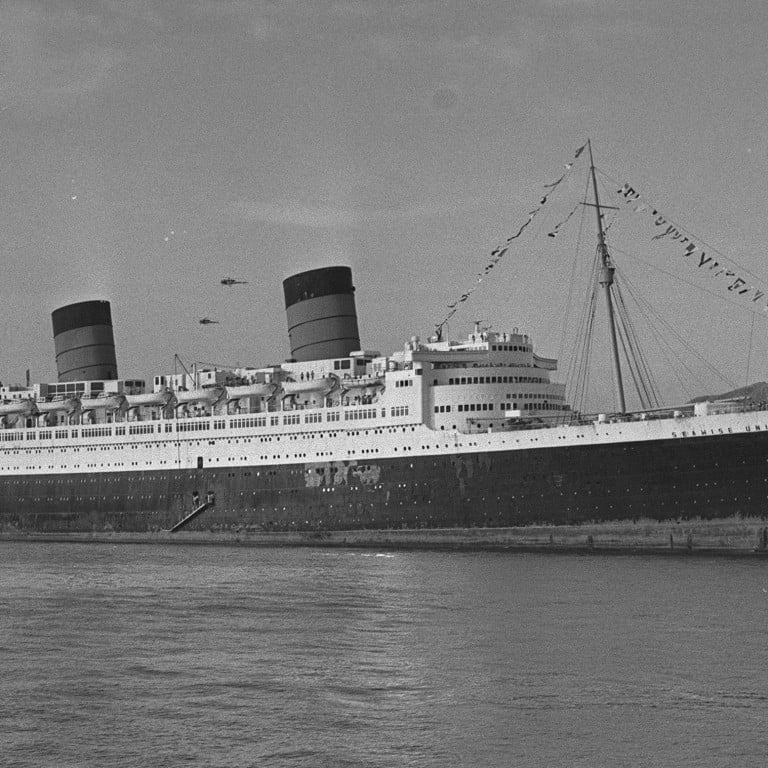Old Hong Kong’s 50-year-old shipwreck: how the world’s largest boat, Britain’s RMS Queen Elizabeth, sank on the seabed of Victoria Harbour – and it’s still there!

- Launched in 1938, Winston Churchill credits RMS Queen Elizabeth with shortening WW2 by a year after it was used to transport around a million troops
- She docked in Hong Kong 50 years ago after being bought by a Chinese shipping magnate to create a floating Seawise University – before a mystery fire struck
Fifty years ago, the RMS Queen Elizabeth – the largest ocean liner in the world at that time – arrived in Hong Kong. However, no one would have expected that the final destination of this titan was the seabed of Victoria Harbour. Today, parts of the wreck are still lying at the bottom of the seabed.
Why did this British cruise ship, which provided service between the UK and the US, sail to Hong Kong in July 1971? Who owned the ship? Why did it sink and what happened to the wreck? Let’s recall the ins and outs of the half-century-old shipwreck.

Queen Elizabeth herself performed the launching ceremony on September 27, 1938. However, instead of entering passenger service after fitting out, RMS Queen Elizabeth was used as a troopship when the second world war broke out in late 1939. The ship finally started her secret voyage to New York in March 1940.

Together with liner RMS Queen Mary, the two Queens carried over two million servicemen and were credited by Winston Churchill as helping to shorten the war by a year.
After surviving the war, RMS Queen Elizabeth entered a regular transatlantic service in 1946. She remained a dominator in the transatlantic passenger trade until the advent of the faster and more economical jet airliner in the later 1950s.
Cunard finally retired the Queen Elizabeth liner in 1969, but the legend of the titan did not end here.
